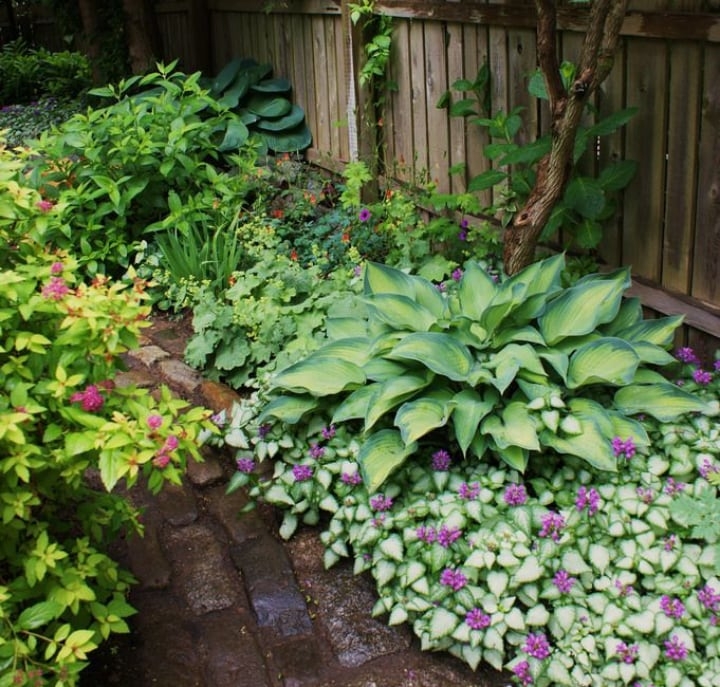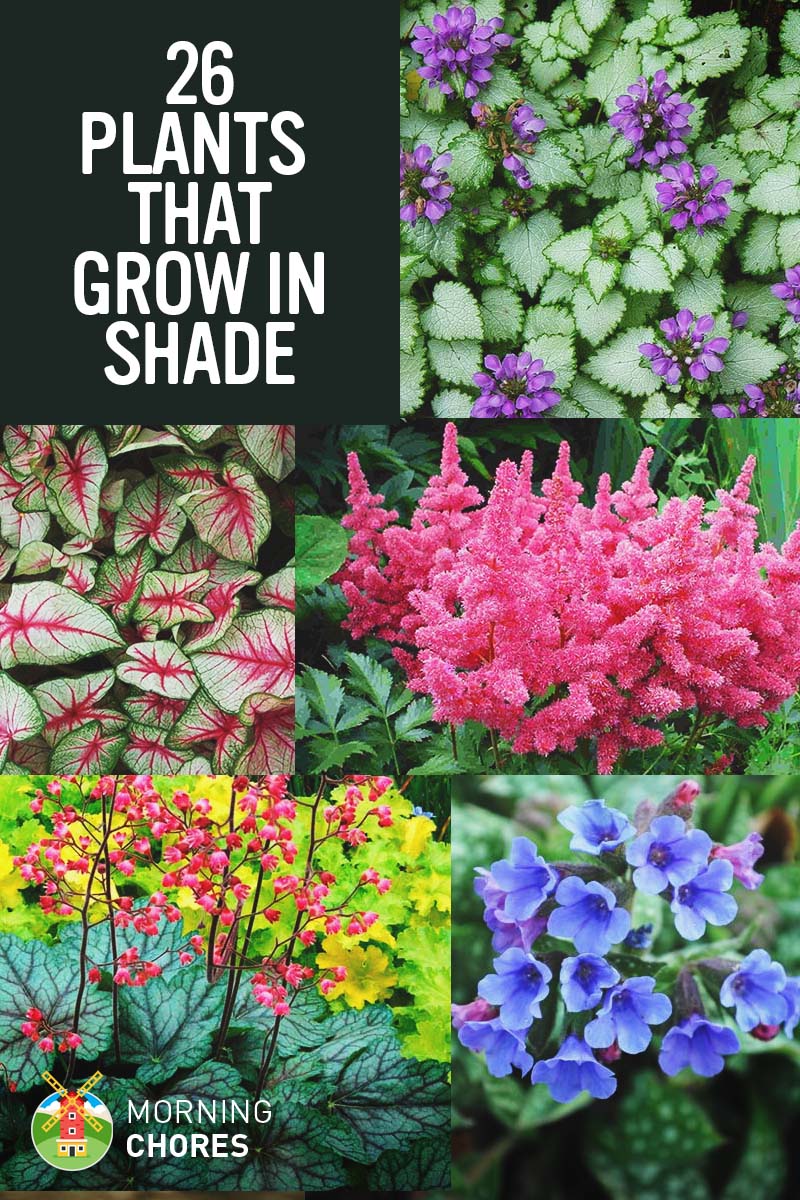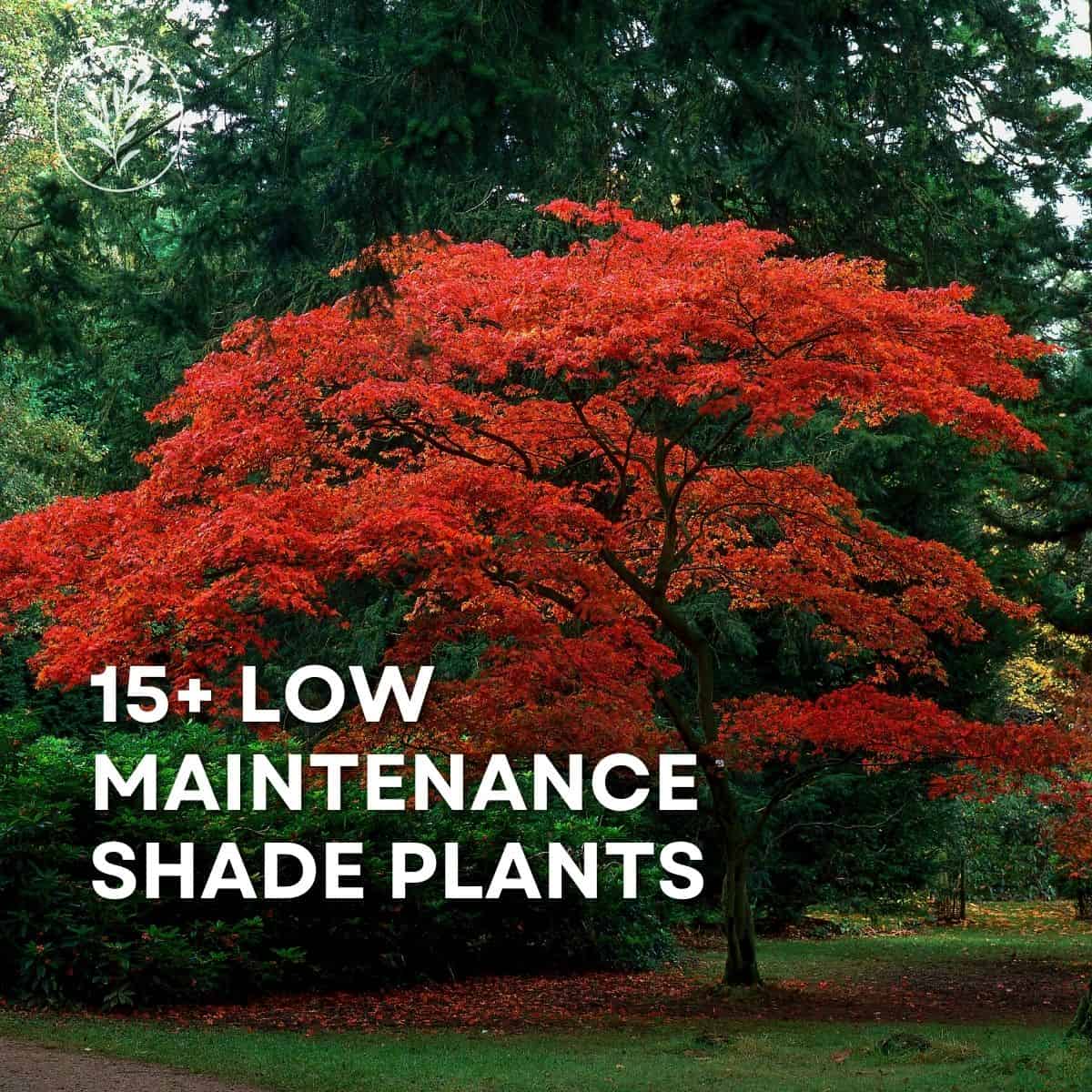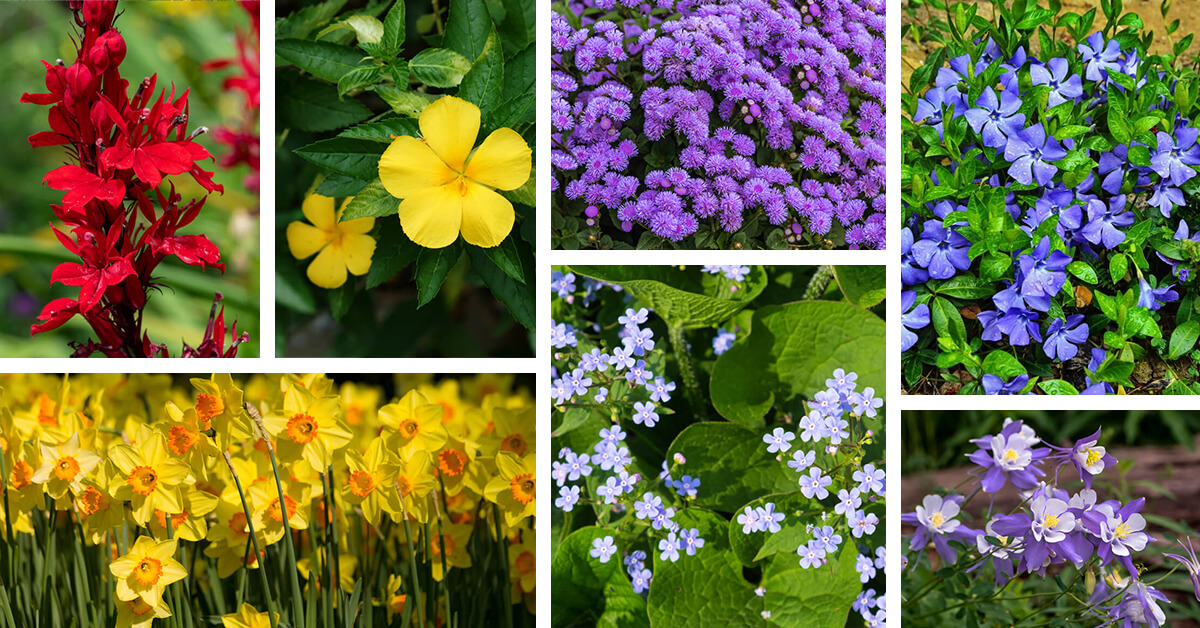Unlocking the Secrets of Shade Gardening
Shade gardening is a unique and rewarding experience, offering numerous benefits for gardeners and the environment. By embracing the challenges of shade, gardeners can create a haven for biodiversity, reduce water consumption, and enjoy a tranquil atmosphere. However, selecting the right plants for shade conditions can be daunting. To thrive in the shadows, it’s essential to understand the different types of shade and choose plants that are adapted to these conditions.
There are several types of shade, including partial shade, dappled shade, and deep shade. Partial shade refers to areas that receive 4-6 hours of direct sunlight, while dappled shade is characterized by filtered sunlight through trees or other obstacles. Deep shade, on the other hand, receives little to no direct sunlight. Understanding the level of shade in your garden is crucial for selecting plants that will flourish.
When choosing plants for shade, consider factors such as soil type, moisture levels, and desired level of maintenance. For example, plants like Hostas and Hellebores prefer rich, moist soil and partial shade, while Ferns thrive in damp, shady conditions. By selecting plants that are well-suited to your garden’s conditions, you can create a thriving shade garden that requires minimal maintenance.
In addition to choosing the right plants, it’s also important to consider the overall design of your shade garden. This includes selecting a mix of plants with different textures, colors, and growth habits to create a visually appealing landscape. By incorporating a variety of plants, you can create a dynamic and engaging shade garden that provides interest throughout the growing season.
Some popular shade plants, such as Coral Bells and Astilbe, offer vibrant foliage and flowers that can add a pop of color to your garden. These plants are perfect for adding a splash of color to partial shade areas and can thrive in a variety of conditions. By incorporating these plants into your shade garden, you can create a beautiful and thriving landscape that provides enjoyment throughout the year.
By understanding the secrets of shade gardening and selecting the right plants for your conditions, you can unlock the full potential of your garden. Whether you’re looking to create a peaceful retreat or a vibrant landscape, shade gardening offers endless possibilities for creativity and innovation. With the right plants and design, you can thrive in the shadows and enjoy the many benefits of shade gardening.
How to Choose the Best Shade Plants for Your Garden
When it comes to selecting shade-tolerant plants, there are several factors to consider. Soil type, moisture levels, and desired level of maintenance are all crucial in determining the best plants for your shade garden. By understanding these factors, you can choose plants that will thrive in your specific conditions.
Soil type is a critical consideration when selecting shade plants. Some plants, like Hostas and Hellebores, prefer rich, moist soil, while others, like Ferns, can tolerate a wide range of soil types. Moisture levels are also important, as some plants require consistent moisture, while others can tolerate dry spells.
Desired level of maintenance is another key factor to consider. Some shade plants, like Coral Bells and Astilbe, require regular watering and fertilization, while others, like Creeping Thyme and Sweet Woodruff, are low-maintenance and can thrive with minimal care.
Popular shade plants like Hostas, Hellebores, and Ferns are great options for many gardens. These plants are relatively easy to care for and can add texture and interest to your shade garden. However, it’s essential to choose plants that are well-suited to your specific conditions, rather than simply selecting plants that are popular or trendy.
By considering factors like soil type, moisture levels, and desired level of maintenance, you can choose the best shade plants for your garden. This will ensure that your plants thrive and provide beauty and interest to your shade garden. Some good plants to grow in shade include those that are native to your region, as they will be well-suited to the local climate and soil conditions.
When selecting shade plants, it’s also essential to consider the mature size of the plant. Some shade plants, like Hydrangeas and Rhododendrons, can grow quite large, while others, like Creeping Thyme and Sweet Woodruff, are compact and can be used as groundcovers.
By choosing the right shade plants for your garden, you can create a beautiful and thriving landscape that provides interest and beauty throughout the growing season. Whether you’re looking to add texture, color, or fragrance to your shade garden, there are many great options to choose from.
Top Picks for Partial Shade: Plants that Thrive in Dappled Light
Partial shade, also known as dappled shade, is a common condition in many gardens. It’s characterized by filtered sunlight, often through trees or other obstacles. While some plants struggle in partial shade, others thrive in these conditions. Here are some top picks for partial shade, including Coral Bells, Astilbe, and Foxgloves.
Coral Bells (Heuchera spp.) are a popular choice for partial shade. These plants produce maple-like leaves in a range of colors, from silver to burgundy. They’re relatively low-maintenance and can thrive in a variety of soil types. Coral Bells are also great for adding texture and interest to your shade garden.
Astilbe (Astilbe spp.) is another excellent choice for partial shade. These plants produce feathery plumes in shades of pink, red, and white. They prefer moist soil and partial shade, making them ideal for areas with dappled light. Astilbe are also great for attracting pollinators and adding a touch of elegance to your shade garden.
Foxgloves (Digitalis purpurea) are a classic choice for partial shade. These plants produce tall spikes of tubular bells in shades of purple, pink, and white. They prefer well-draining soil and partial shade, making them ideal for areas with dappled light. Foxgloves are also great for adding a touch of drama and elegance to your shade garden.
When growing plants in partial shade, it’s essential to consider the specific growing conditions. Make sure to choose plants that are well-suited to the level of shade and soil type in your garden. With the right plants, you can create a stunning shade garden that thrives in partial shade.
In addition to Coral Bells, Astilbe, and Foxgloves, there are many other plants that excel in partial shade. Some good plants to grow in shade include Hellebores, Ferns, and Hostas. These plants are all relatively low-maintenance and can thrive in a variety of soil types.
By incorporating these plants into your shade garden, you can create a beautiful and thriving landscape that provides interest and beauty throughout the growing season. Whether you’re looking to add texture, color, or fragrance to your shade garden, there are many great options to choose from.
Shade Plants for Problem Areas: Solutions for Difficult Spaces
Every garden has its challenges, and shade gardens are no exception. Dry shade, wet shade, and poor soil can all be obstacles to creating a thriving shade garden. However, there are many shade plants that can tolerate these challenging conditions and still provide beauty and interest to your garden.
Epimedium (Epimedium spp.) is a great choice for dry shade. This plant produces delicate, nodding flowers in shades of pink, purple, and white, and has attractive, heart-shaped leaves. Epimedium is relatively low-maintenance and can thrive in dry, shady conditions.
Vinca minor (Periwinkle) is another excellent choice for problem areas. This plant produces blue-purple flowers in the spring and has attractive, evergreen foliage. Vinca minor can tolerate a range of conditions, including dry shade, wet shade, and poor soil.
Ajuga reptans (Bugleweed) is a versatile plant that can thrive in a variety of conditions. It produces blue or purple flowers in the spring and has attractive, variegated foliage. Ajuga reptans can tolerate dry shade, wet shade, and poor soil, making it a great choice for problem areas.
When dealing with challenging conditions in your shade garden, it’s essential to choose plants that are well-suited to the specific conditions. By selecting plants that can tolerate dry shade, wet shade, or poor soil, you can create a thriving shade garden that provides beauty and interest throughout the growing season.
In addition to Epimedium, Vinca minor, and Ajuga reptans, there are many other shade plants that can tolerate challenging conditions. Some good plants to grow in shade include Hellebores, which can tolerate dry shade, and Ferns, which can thrive in wet shade.
By incorporating these plants into your shade garden, you can create a beautiful and thriving landscape that provides interest and beauty throughout the growing season. Whether you’re dealing with dry shade, wet shade, or poor soil, there are many shade plants that can help you overcome these challenges and create a stunning shade garden.
Adding Color and Texture to Your Shade Garden
A shade garden doesn’t have to be dull and lifeless. With the right plants, you can add vibrant colors and textures to create a visually appealing landscape. Coleus, Begonias, and Hydrangeas are just a few examples of shade plants that can add a pop of color to your garden.
Coleus (Solenostemon scutellarioides) is a versatile plant that comes in a wide range of colors, including pink, red, orange, and yellow. It’s relatively low-maintenance and can thrive in partial shade to full shade. Coleus is also a great choice for adding texture to your shade garden, with its unique, lobed leaves.
Begonias (Begonia spp.) are another excellent choice for adding color to your shade garden. They come in a variety of species, including Begonia x hybrida, which produces beautiful, asymmetrical flowers in shades of pink, white, and red. Begonias prefer partial shade to full shade and well-draining soil.
Hydrangeas (Hydrangea spp.) are a popular choice for shade gardens, and for good reason. They produce large, showy flowers in shades of pink, blue, and white, and have attractive, oval-shaped leaves. Hydrangeas prefer partial shade to full shade and consistent moisture.
When combining these plants to create a visually appealing shade garden, consider the color scheme and texture of each plant. Coleus and Begonias have bold, bright colors, while Hydrangeas have a more subtle, elegant appearance. By combining these plants, you can create a stunning shade garden that provides interest and beauty throughout the growing season.
In addition to Coleus, Begonias, and Hydrangeas, there are many other shade plants that can add color and texture to your garden. Some good plants to grow in shade include Hellebores, which have attractive, nodding flowers in shades of pink, purple, and white, and Ferns, which have delicate, lacy fronds.
By incorporating these plants into your shade garden, you can create a beautiful and thriving landscape that provides interest and beauty throughout the growing season. Whether you’re looking to add a pop of color or a touch of elegance, there are many shade plants that can help you achieve your goals.
Low-Maintenance Shade Plants for Busy Gardeners
Not everyone has the time or desire to spend hours tending to their garden. Fortunately, there are many low-maintenance shade plants that can thrive with minimal care. Creeping Thyme, Sweet Woodruff, and Pachysandra are just a few examples of shade plants that require minimal care and can still provide beauty and interest to your garden.
Creeping Thyme (Thymus serpyllum) is a low-growing, spreading plant that can thrive in partial shade to full shade. It has tiny, fragrant leaves and produces small, pinkish-purple flowers in the summer. Creeping Thyme is relatively low-maintenance and can tolerate dry soil and neglect.
Sweet Woodruff (Galium odoratum) is another low-maintenance shade plant that requires minimal care. It has delicate, white flowers in the spring and has a sweet, vanilla-like fragrance. Sweet Woodruff prefers partial shade to full shade and well-draining soil.
Pachysandra (Pachysandra terminalis) is a low-maintenance, evergreen plant that can thrive in partial shade to full shade. It has glossy, dark green leaves and produces small, white flowers in the spring. Pachysandra is relatively low-maintenance and can tolerate dry soil and neglect.
When choosing low-maintenance shade plants, consider the specific growing conditions of your garden. Make sure to choose plants that are well-suited to the level of shade and soil type in your garden. By selecting low-maintenance shade plants, you can create a beautiful and thriving landscape that requires minimal care.
In addition to Creeping Thyme, Sweet Woodruff, and Pachysandra, there are many other low-maintenance shade plants that can thrive with minimal care. Some good plants to grow in shade include Hostas, which have attractive, leafy foliage and can tolerate dry soil, and Ferns, which have delicate, lacy fronds and prefer partial shade to full shade.
By incorporating these low-maintenance shade plants into your garden, you can create a beautiful and thriving landscape that requires minimal care. Whether you’re a busy gardener or just starting out, there are many low-maintenance shade plants that can help you achieve your gardening goals.
Shade Plants for Wildlife Gardens: Attracting Pollinators and Birds
Shade gardens can be a haven for wildlife, providing a source of food, shelter, and habitat for a variety of species. By incorporating shade plants that attract pollinators, birds, and other wildlife, you can create a thriving ecosystem that supports local biodiversity.
Bleeding Heart (Dicentra spectabilis) is a popular shade plant that attracts pollinators, including bees and butterflies. It produces heart-shaped flowers in shades of pink and white, and has delicate, fern-like foliage. Bleeding Heart prefers partial shade to full shade and well-draining soil.
Columbine (Aquilegia spp.) is another shade plant that attracts pollinators, including hummingbirds and butterflies. It produces delicate, bell-shaped flowers in shades of pink, purple, and white, and has attractive, lobed leaves. Columbine prefers partial shade to full shade and well-draining soil.
Oakleaf Hydrangea (Hydrangea quercifolia) is a shade plant that attracts birds, including cardinals and blue jays. It produces large, white flowers in the summer, and has attractive, oak-like leaves. Oakleaf Hydrangea prefers partial shade to full shade and well-draining soil.
When creating a wildlife garden, it’s essential to choose plants that provide a source of food and shelter for local species. By incorporating shade plants that attract pollinators, birds, and other wildlife, you can create a thriving ecosystem that supports local biodiversity.
In addition to Bleeding Heart, Columbine, and Oakleaf Hydrangea, there are many other shade plants that can attract wildlife to your garden. Some good plants to grow in shade include Hostas, which attract hummingbirds and butterflies, and Ferns, which provide shelter and habitat for small animals.
By incorporating these shade plants into your wildlife garden, you can create a thriving ecosystem that supports local biodiversity. Whether you’re looking to attract pollinators, birds, or other wildlife, there are many shade plants that can help you achieve your goals.
Designing a Stunning Shade Garden: Tips and Inspiration
Designing a shade garden can be a challenging but rewarding experience. With the right plants, hardscaping elements, and design principles, you can create a beautiful and thriving shade garden that provides a peaceful retreat from the sun.
When designing a shade garden, it’s essential to choose a color scheme that complements the natural surroundings. Consider the colors of the surrounding foliage, flowers, and hardscaping elements, and choose plants that fit within that color palette. For example, if you have a lot of green foliage in your garden, consider adding plants with white, pink, or purple flowers to create contrast and visual interest.
Selecting a mix of plant textures is also crucial in creating a visually appealing shade garden. Consider combining plants with different leaf shapes, sizes, and colors to create a dynamic and interesting landscape. For example, you could combine the large, flat leaves of a Hosta with the delicate, lacy foliage of a Fern.
Incorporating hardscaping elements like paths, water features, and garden ornaments can also add visual interest and functionality to your shade garden. Consider adding a meandering path made of natural stone or brick, or a small water feature like a fountain or birdbath.
When designing a shade garden, it’s also essential to consider the level of maintenance required. Choose plants that are low-maintenance and can thrive in shade conditions, and consider incorporating hardscaping elements that require minimal upkeep.
In addition to choosing the right plants and hardscaping elements, it’s also important to consider the overall design principles of your shade garden. Consider creating a focal point, like a statement plant or a water feature, and balance it with surrounding plants and hardscaping elements.
By following these tips and incorporating good plants to grow in shade, you can create a stunning shade garden that provides a peaceful retreat from the sun. Whether you’re looking to create a relaxing oasis or a vibrant and dynamic landscape, there are many design principles and plant choices that can help you achieve your goals.









